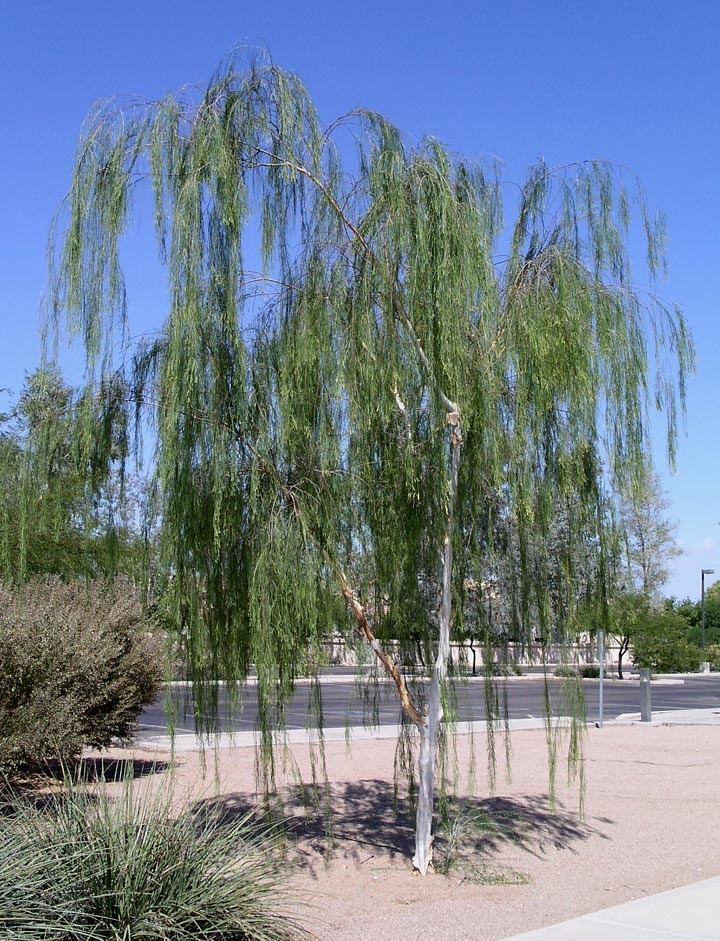Kingdom Plantae Family Fabaceae Rank Species | Order Fabales Genus Mariosousa | |
 | ||
Similar Mariosousa, Acacia stenophylla, Eysenhardtia orthocarpa, Acacia salicina, Acacia schaffneri | ||
Mariosousa willardiana, also called Palo Blanco tree, palo liso, guinola and Willard Acacia, is a normally evergreen plant in the genus Mariosousa native to Mexico. The Spanish common name translates into 'white stick', defining its peeling white bark. A compound called Willardiine, that acts as an agonist in glutamate receptors, can be isolated from M. willardiana.
Contents
Description
It can grow 10–20 ft or more with a spread of 1/3 to 2/3 the height. It is a very slender tree with few branches as well as leaves. The petiolar-rachis is characteristically long and functions as a cladophyll. it has a white or yellow-colored peeling off bark. The leaves have 5-6 leaflets in the end. It may drop leaves in autumn and winter. The flowers are like catkins, rod or bottle-brush-like, white or light yellow in color. The pods are multichambered, and 3-4 in long specimens. The flowers occur in pale yellow spikes.
Distribution and habitat
The plant is endemic to Sonora (Sonoran desert), Mexico. It prefers rocky bajdas, slopes and arroyos from 0 to 2,000 feet elevation.
